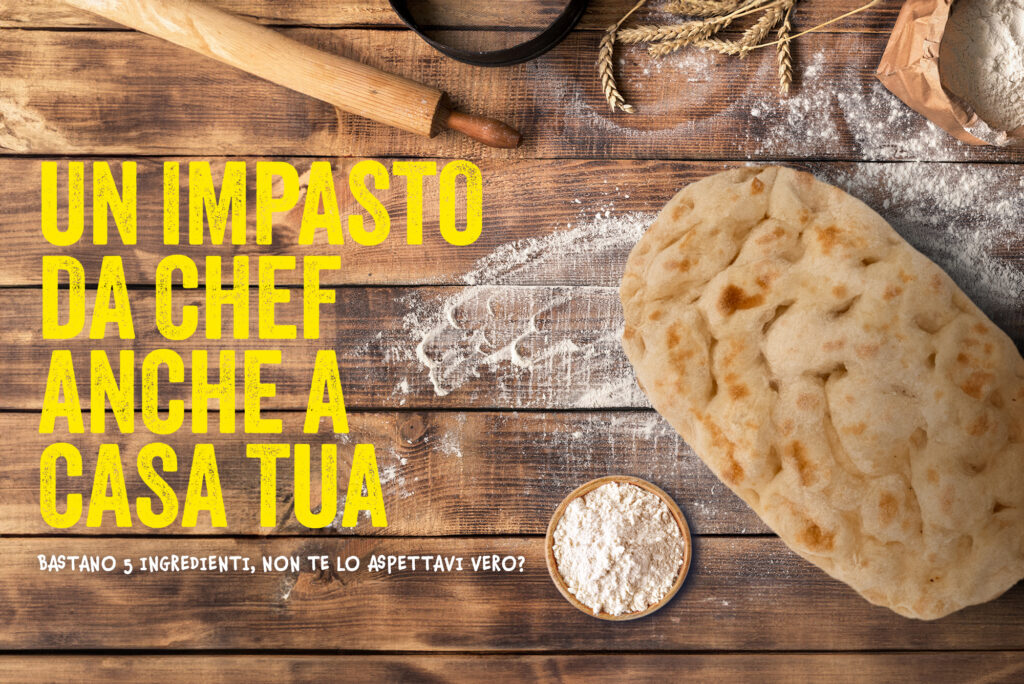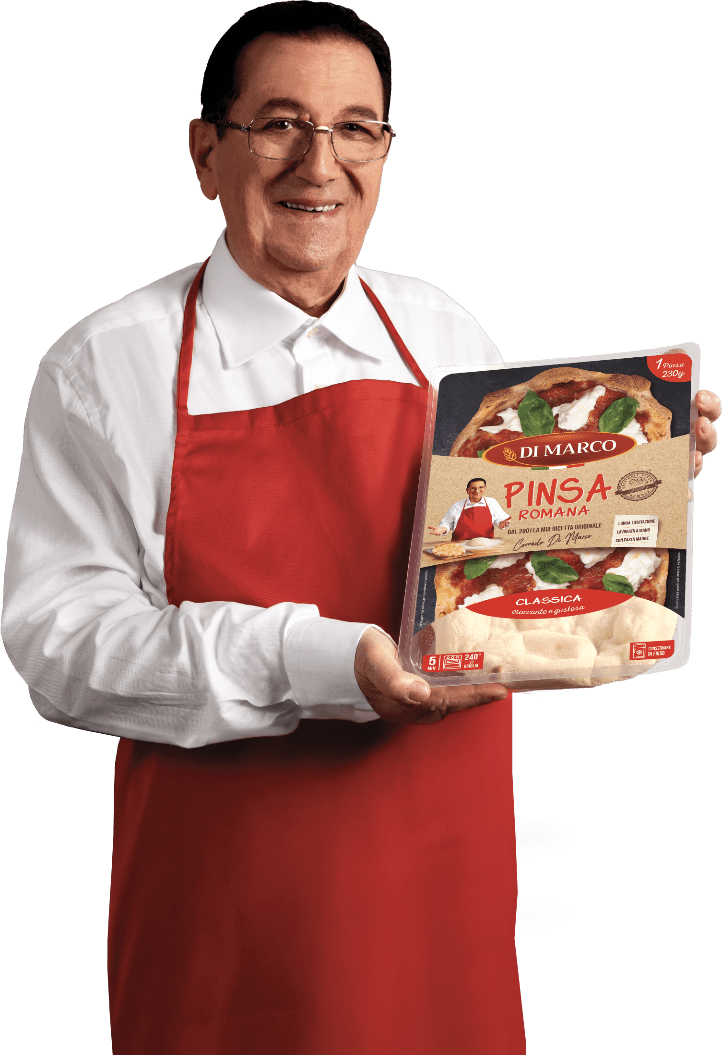We have emphasized many times that the speed of preparation of pinsa is one of its strengths: you buy it at the store, opting for the version you prefer (including the frozen one, for long shelf life), and then at home just a handful of minutes in a high-temperature oven is enough to complete the job.
The artisanal production of our bases also ensures that the product is fragrant, tasty and respects all the characteristics that have made pinsa a global success. Why delve, then, into the subject of pinsa dough?
Everything depends on the pinsa dough: softness, crispness, taste
Let us devote an in-depth article to the pinsa dough because the quality of the product depends on it. Certainly, the topping is crucial to capture the attention and satisfy the palate, but you must start with an excellent dough if you don’t want to distort the essence of pinsa by thwarting all the research behind it.
What is pinsa dough
When we talk about dough, we are referring to the mixture of the essential ingredients of pinsa: flour, water, sourdough, salt and a drizzle of extra-virgin olive oil. All this, with the addition of a distinctive element: the long, slow rising process. The dough is what gives pinsa its unique structure, but also its sensory and nutritional characteristics.
The impact on texture, soft and crispy
The texture of the final product is strongly influenced by the type of flour used and the rising time. A good dough gives the pinsa a special texture, which is both soft (inside) and crispy (outside). The softness comes from the type of flour, but more importantly from the correct hydration of the dough, which is higher than that of traditional pizza. Crispiness, on the other hand, comes from baking at high temperatures and, again, from the flours used.
The dough gives pinsa its distinctive flavour
Every ingredient in pinsa contributes to the flavour of the product. Flours play a primary role, but extra virgin olive oil also matters, as does the yeast, which can develop complex aromas that contribute to the depth of flavour. The recipe can also be integrated to make room for other ingredients that, inevitably, also have an impact on taste: for example, the introduction of multigrain mixes can add variety of flavours and textures at the same time, with (in the case of Pinsa Di Marco) oat, rye, malt, barley flours, and pumpkin, sunflower, and flax seeds.
Why is pinsa dough different?
Pinsa dough is what makes it stand out from baked goods such as pizza or focaccia. The base is the well-known flour mix that includes (in secret proportions to preserve authenticity) wheat, rice and soy, contributing to greater digestibility and lower calorie intake than similar dishes.
Moreover, the leavening of pinsa is very long, often between 48 and 72 hours, which further contributes to the excellent balance between lightness and digestibility. For leavening, dried wheat sourdough, a natural leavening agent obtained by fermenting wheat flour and water and then dried to increase shelf life, is used in Di Marco products.
Pinsa dough: how to make it at home?
Back to the previous question: why delve into the topic of pinsa dough? For informational purposes, but also because pre-cooked pinsa is not the only option, although it is undoubtedly the most practical, quickest and in line with the modern lifestyle.
There is in fact the possibility for enthusiasts to start with the flour mix and make pinsa from scratch at home, while also considering certain limitations, such as the lack of a professional oven that could exceed the 250°C guaranteed by most domestic products. As mentioned, unlike the previous case, here it takes passion: pinsa is not a difficult product to make, but in order to achieve noteworthy results, it is necessary to follow a well-defined procedure, have the right ingredients (the flour mix is necessary), the right doses, the right proportions, and also the right tools.
In this in-depth article, we explain precisely how to do it, in just a few (but crucial) steps. We start with flour, add water, dry yeast, salt and oil, explaining precisely proportions, timing and techniques. For those who want to venture into homemade pinsa, this is an uplifting read.










